Our journey up the Burgundy Canal continues. We find it difficult to exercise as much as we like. Three times per week for the last ten years we’ve been hiking five to seven miles in the surrounding Santa Monica Mountains. By now we know the terrain, and all the trails. In France we don’t know where the trails are, and can’t seem to find anyone that does. The other problem is they don’t build canals in the mountains for obvious reasons. In the five plus years we’ve been cruising we may have seen one or two trailheads. Instead of hiking the hills we walk along the canals, and canals tend to be flat. Our walks don’t involve much vertical gain. Lisa insists we try to walk 10,000 steps per day. We’re not perfect, but we do pretty well. The good news is we love walking along the canals.
On one of our walks we came to a bridge that was being worked on. As we passed under a workmen stopped and began to talk to us. He didn’t speak English, so our pidgin French had to suffice. As best I could figure out the supports for the bridge had settled, and they had literally jacked up the road deck, placed shims underneath it, and then let the deck back down on the supports. To jack the deck up they drilled holes through the concrete supports and placed large steel rods through them. Each rod was capable of holding 4,000 tons.
We invariably find all sorts of interesting things on our walks. Of course the Ouche River runs through the Ouche Valley, and along side the canal. On a hot spring day I can’t think of a better place to cool off than the waters of a fresh flowing river. The French have thought of everything along the canals even ramps for the baby ducks. We even found an amazing tree house. I’ve always wondered what it would be like to sleep in one of those on a windy night. I suspect it might be a kin to sleeping on a boat in rough seas.
When the canals had a lot more traffic every lock had its own lockkeeper. The VNF, which is the agency that operates the canals, provided housing for its lockkeepers. Most VNF homes appear to be built to the same plan, but over the years their occupants have modified them. Some have been added onto, and then added onto again. Some have impressive gardens, and a few have farms where they raise ducks, geese, chickens, and guinea fowl. I believe you can purchase the live birds, but we have never tried. We prefer our chicken in a package. Buying fresh eggs, now that’s another story. You can rent the old lock houses for next to nothing. The deal is you have to fix them up, but you can get a thirty-year lease so it’s well worth it if you don’t plan on leaving. We’ve found artisans selling their artwork at the locks, restaurants, and sometimes you can even buy wine form the lock house tenant, but the best find is still fresh eggs and vegetables.
– Tom Miller
Author of “The Wave” and “When Stones Speak”– Chuck Palmer Adventure novels
JUL





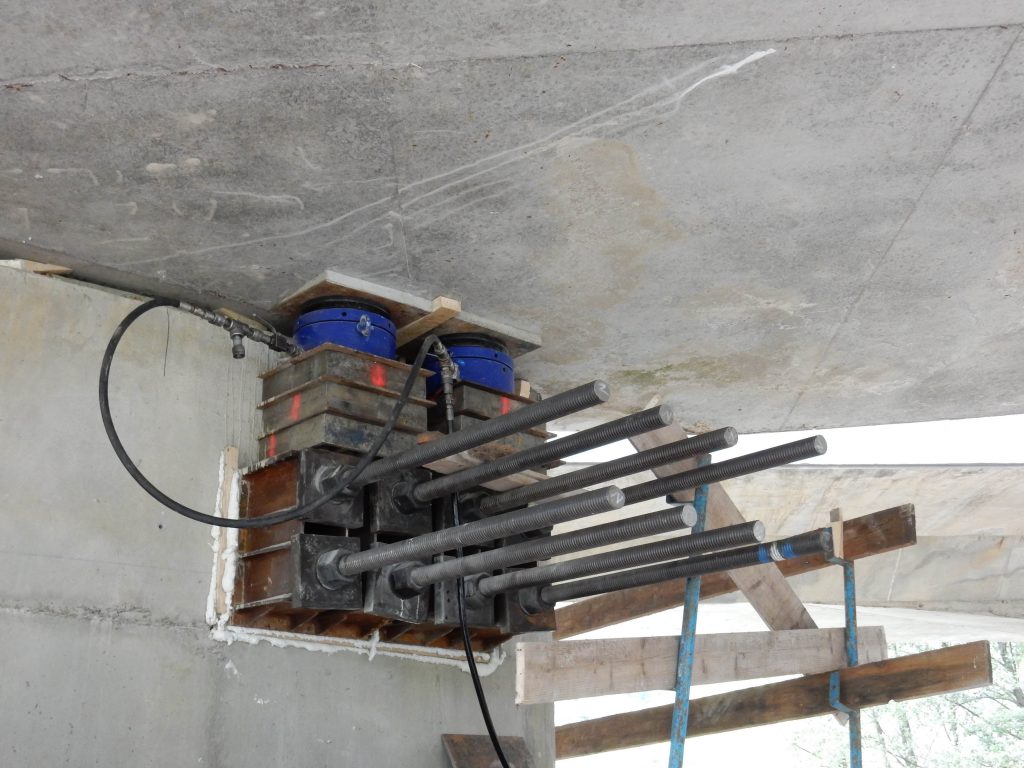
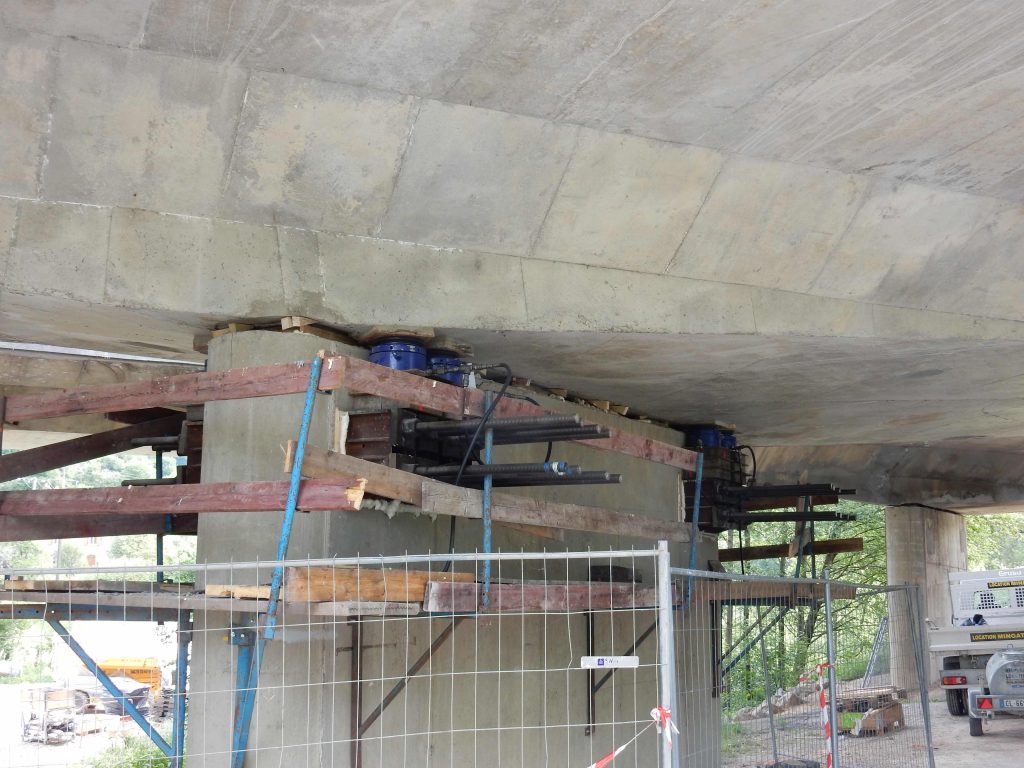
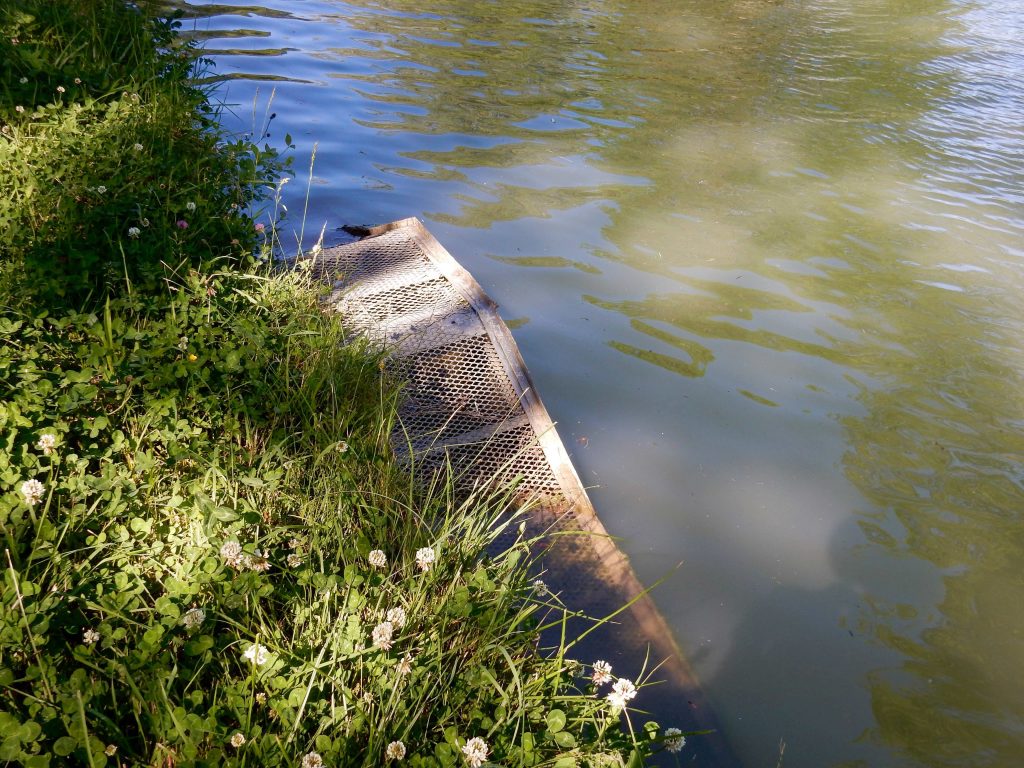
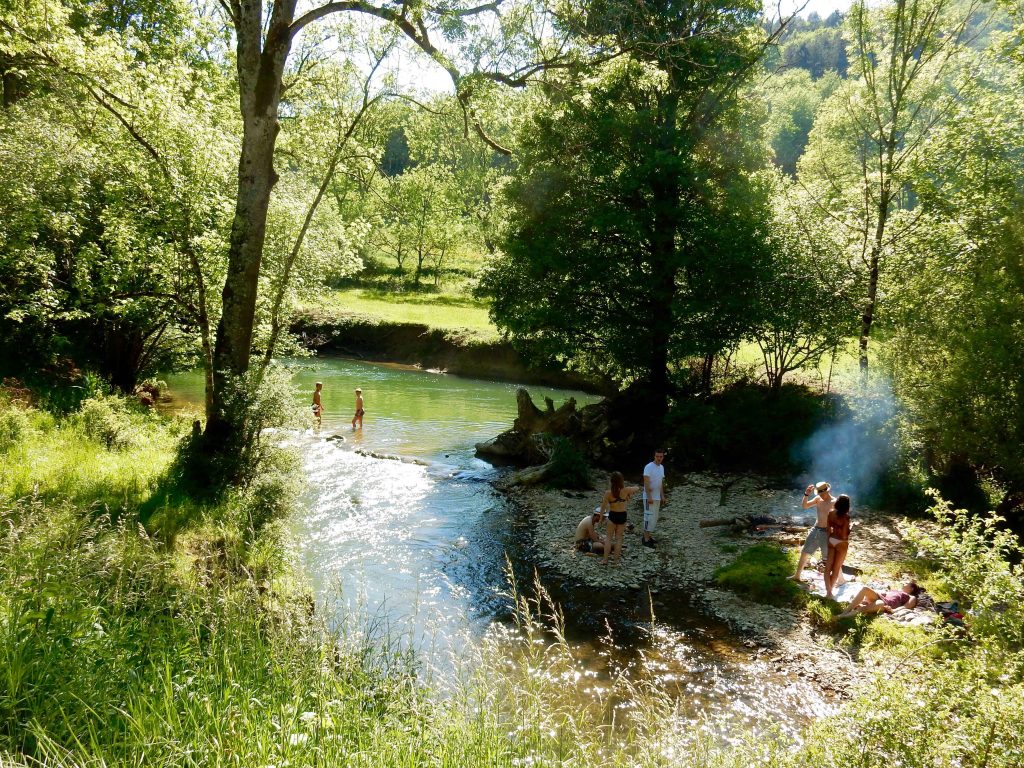

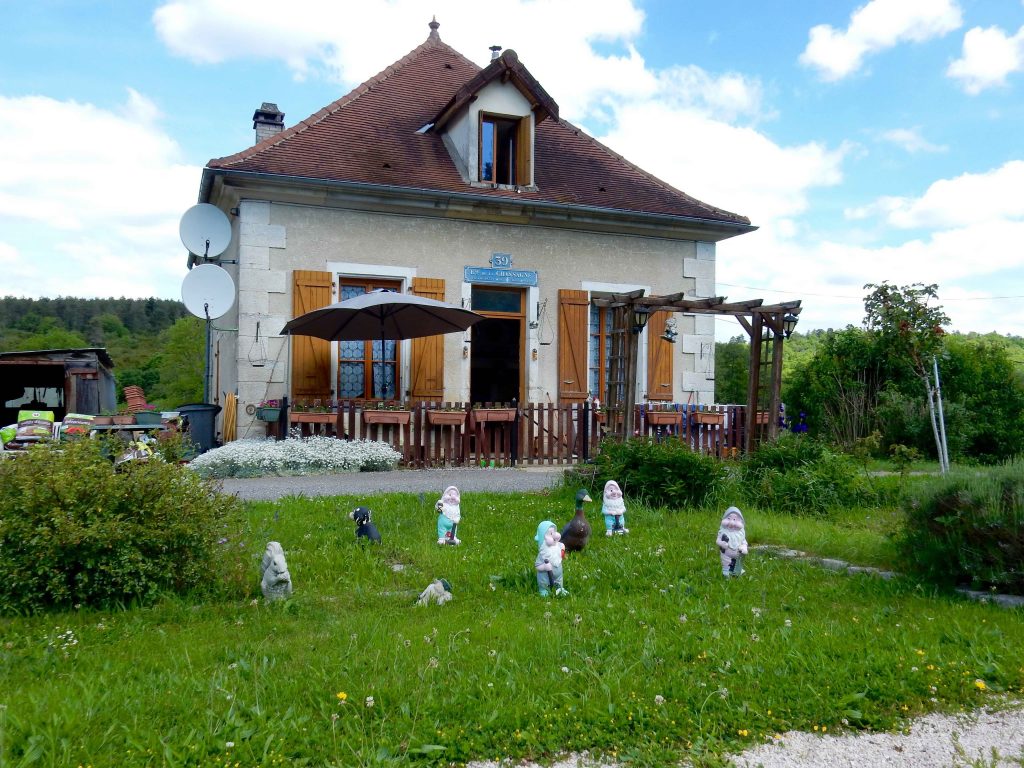
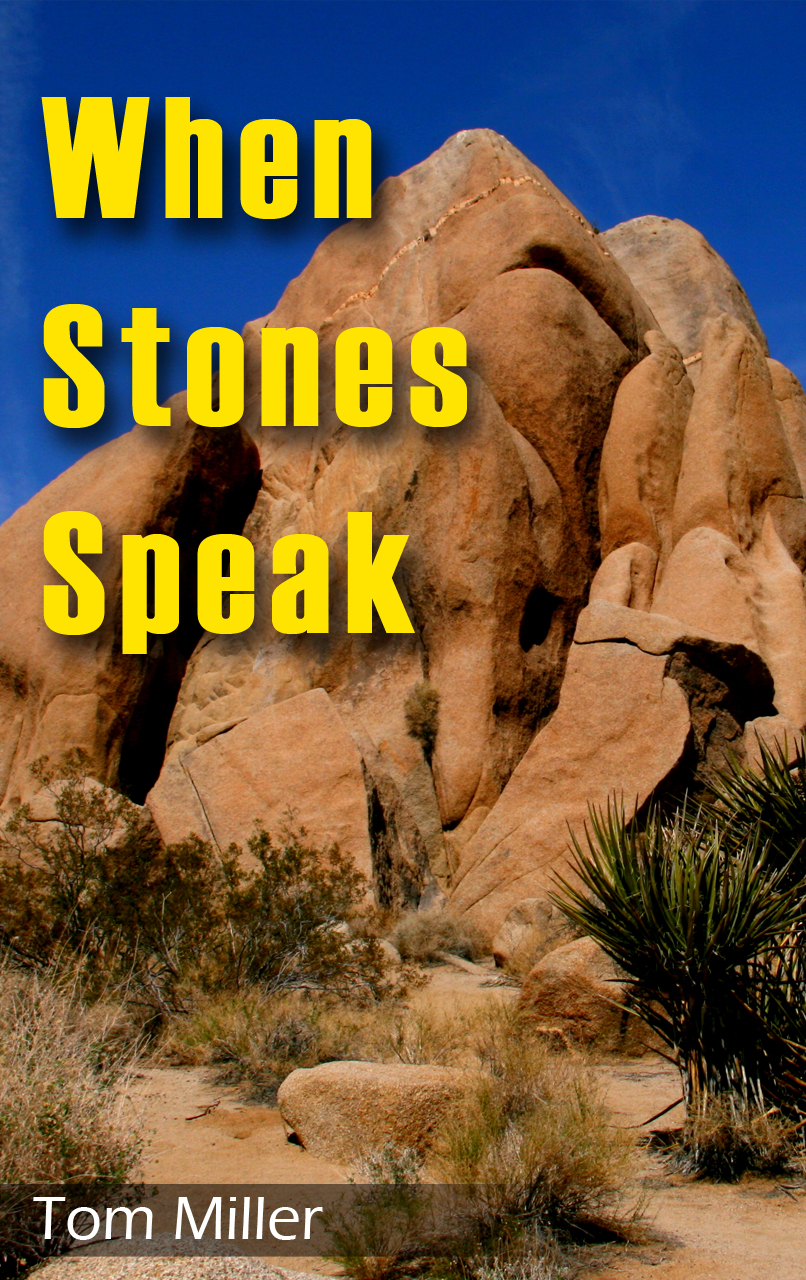
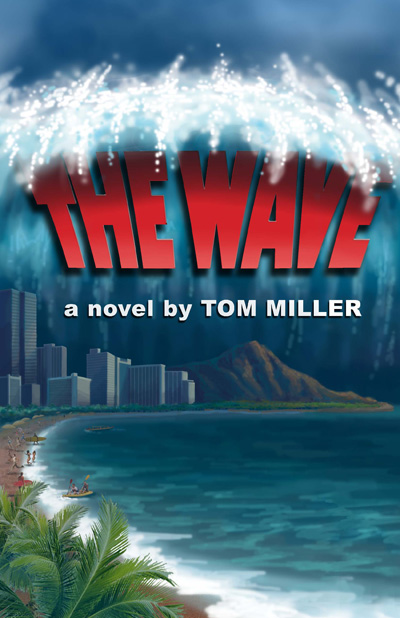
About the Author:
Tom Miller graduated from the University of Southern California with a Bachelor of Science in Geology. He is a consummate adventurer with over 1,000 dives as a recreational scuba diver, and an avid sailor who has traveled 65,000 miles throughout the Pacific including the Hawaiian Islands. Miller has also cruised the canals of Europe on his canal barge and given numerous lectures on cruising the canals of Europe, as well as sailing in the South Pacific. Piloting is also an interest of Miller's, and He has completed over 1,000 hours flying everything from small Cessnas to Lear jets.